
Situated between the Mississippi, Ohio, and Wabash rivers, Illinois contains 87,110 miles of rivers and streams within its borders. With its vast availability of freshwater, Illinois is home to 34 families of fish including lampreys, sturgeons, minnows, catfishes, and trout,- to name a few. Given the abundance of fish (ichthyofauna), it seems only natural that ecologists and ichthyologists, zoologists that specialize in the study of fish, have dedicated themselves to documenting the many fish that thrive within Illinois’ waters.
Inventories of Illinois fish began in the mid-1800s and continue today. By 1858, almost 75 percent of Illinois’ fish species had been documented. Fifteen of those species were found and identified for the first time thanks to the work of Illinois fisheries research: spoonhead sculpin, crystal darter, mud darter, rainbow darter, stripetail darter, Shawnee Hills cavefish, starhead topminnow, mississippi silvery minnow, chestnut lamprey, bantam sunfish, pugnose shiner, ozark minnow, slender madtom, slenderhead darter, and pallid sturgeon. Robert Kennicott prepared the first inventory of Illinois fish around 1860, by surveying waterways near the Chicago area. Then, Stephen A. Forbes compiled a list of his own in 1909, titled The Fishes of Illinois, for the first-time surveying fish statewide. A subsequent update took place in 1979 when Phillip W. Smith published a more in-depth study and documentation under the same name.
It’s been 40 years since Smith published The Fishes of Illinois, which means that four decades of Illinois fish ecology has gone undocumented…until now. Brian Metzke and his team of co-writers, Dr. Brooks M. Burr, Dr. Leon C. Hinz Jr, Dr. Lawrence M. Page, and Dr. Christopher A. Taylor, have culminated years of research and writing to release An Atlas of Illinois Fishes. Metzke, the Aquatic Ecology Program Manager at the Illinois Department of Natural Resources, recounts the story behind the book and how it came to be.
“The project started as a State Wildlife Grant-funded Study (T-68-R-1; Jinz, Jr. and Metzke, authors) to update the conservation status of fish Species of Greatest Conservation Need,” Metzke said. “The study concluded after approximately two years and researchers decided that the data gathered during the study should be presented in a publicly accessible format, like a book. Dr. Hinz and I reached out to the Illinois Natural History Survey (INHS) for assistance in coordinating this endeavor, Dr. Taylor offered his assistance and later brought in Dr. Burr and Dr. Page to provide additional contributions,” said Metzke.
While their book was a large committee effort, it was a significant undertaking that required much of their time.
“From the first time the five of us met to conceptualize the book, until the date it was printed, was approximately 10 years,” said Metzke. “The length of time was largely due to the authors volunteering their time to write the book, but even the editorial process and printing required three years.”

In their study and subsequent book, Metzke and his co-authors inventory the existence of 217 species of fish in Illinois, providing photographs and drawings of species, maps depicting where they can be found, and keys for differentiating biological structures between related species. An Atlas of Illinois Fishes includes treatments of 36 state endangered or threatened species, 7 extirpated species, and non-native species reproducing in Illinois. A total of approximately 325,000 occurrence records were used to evaluate contemporary distribution and distribution trends over 150 years.
In the more than 100 years since Forbes and Richardson published The Fishes of Illinois, much has changed in the topography and population density of the state, which trickles down into changes in Illinois’ waterways.
“The landscape (and riverscape) of Illinois has undergone tremendous change since the first Illinois fishes were collected by scientists,” said Metzke. “The fish fauna of Illinois has suffered from the change, but over the past few decades several species once thought gone from Illinois have been rediscovered and have expanded their range. There is much hope for Illinois fishes in the future, but much work remains to ensure that future.”

The work of surveying Illinois fishes continues with the work of hundreds of researchers across the state utilizing various methods of monitoring, proven useful in the cataloging of Illinois’ ichthyofauna. Early surveys of Illinois fishes were conducted by small groups of scientists using nets and seines to record an inventory of species at each surveyed locale and deposit specimens in museum collections. In the 1960s, electrofishing gear, which uses a mild electrical current to temporarily stun fish, was used in fish surveys. As a result of the proliferation of electrofishing methods, modern fish community monitoring programs began to emerge across Illinois. The Illinois Department of Conservation, now the IDNR, initiated systematic statewide monitoring in the 1980s. IDNR continues these programs and collects fish assemblages in lakes, reservoirs, backwaters and streams ranging from headwaters to the Mississippi River. The Long-Term Resource Monitoring Program (LTRM), funded through the U.S. Geological Survey (USGS) and the Long-Term Electrofishing Program (LTEF), funded through the IDNR, have conducted annual monitoring in Illinois’ large rivers for decades. The IDNR aquatic nuisance species program, INHS, USGS, U.S. Fish and Wildlife Service, and researchers from museums and academic institutions across Illinois provide additional monitoring data. Together, those researchers, representing dozens of institutions and agencies, visit thousands of locales annually in an effort to continue providing contributions to the research and documentation of Illinois fishes.
With spring beginning to emerge from beneath the frozen soils and waters of the winter, Illinois anglers will be preparing for the incomparable fishing that accompanies the warming water. While the chances of an angler reeling in a channel catfish or bluegill is higher than a striped bass, it is thanks to the documented work of many Illinois ecologists and ichthyologists that one can evaluate the differences to be sure of their catch. The ongoing work of many ichthyologists and ecologists ensures that Illinois anglers stand the best chance at a successful trip to the water and that Illinois maintains its vast diversity of ichthyofauna.
Kaleigh Gabriel is a Wildlife Outreach Specialist with Lewis and Clark Community College, working out of the Illinois Department of Natural Resources building to assist the Division of Wildlife Resources. Growing up just between Sangamon and Christian counties, she spent a lot of her time hunting and fishing in Illinois. She received her bachelor’s degree in writing/journalism from Manchester University, Indiana.







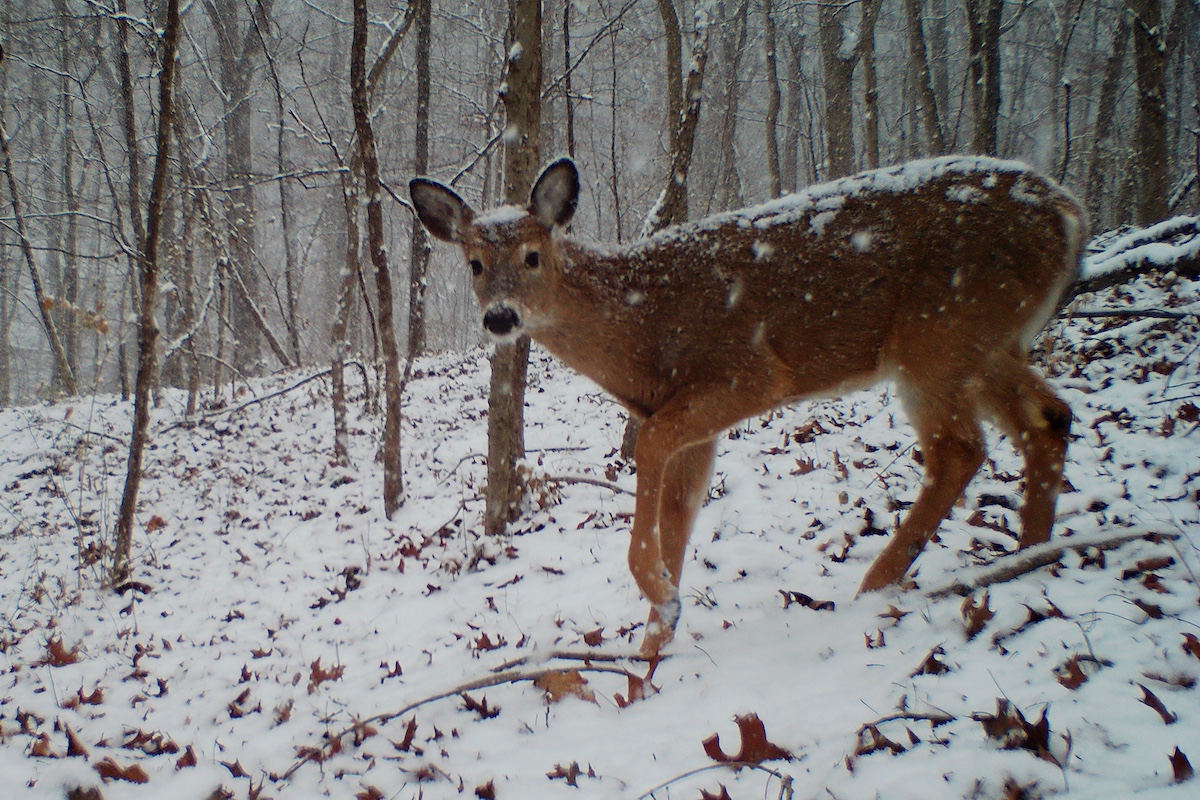
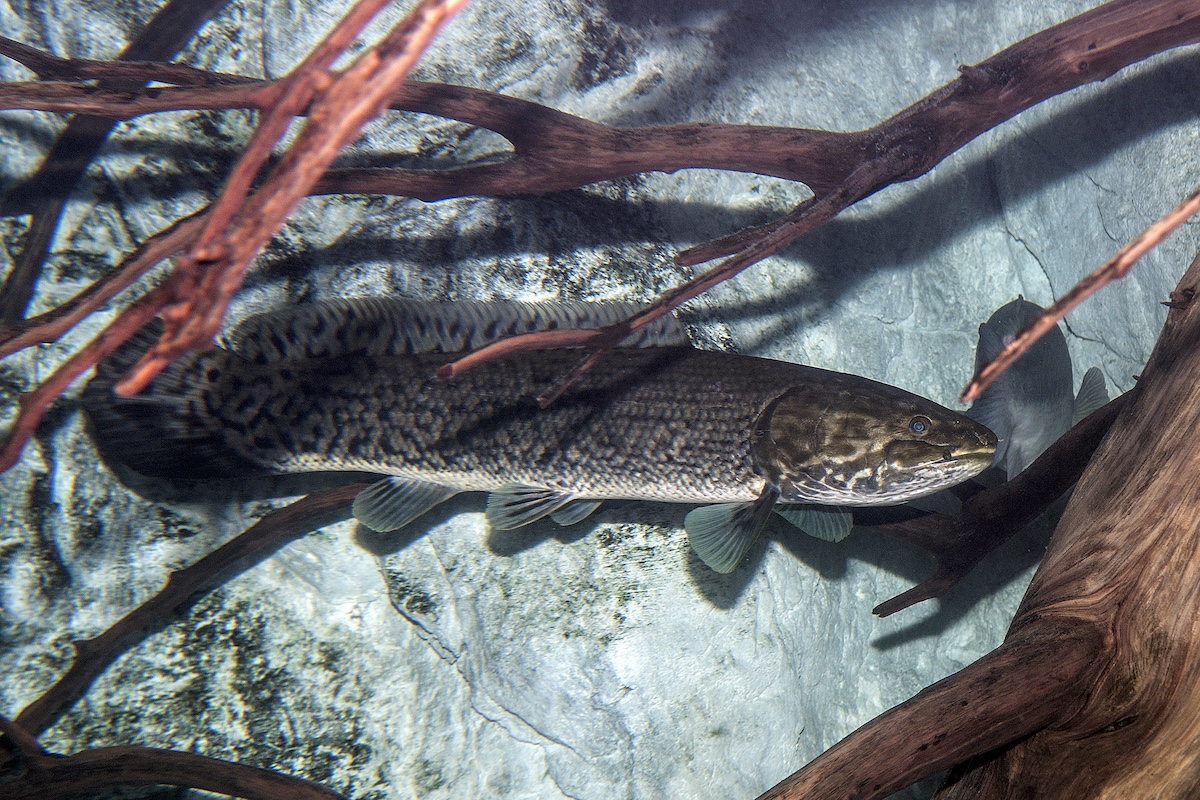
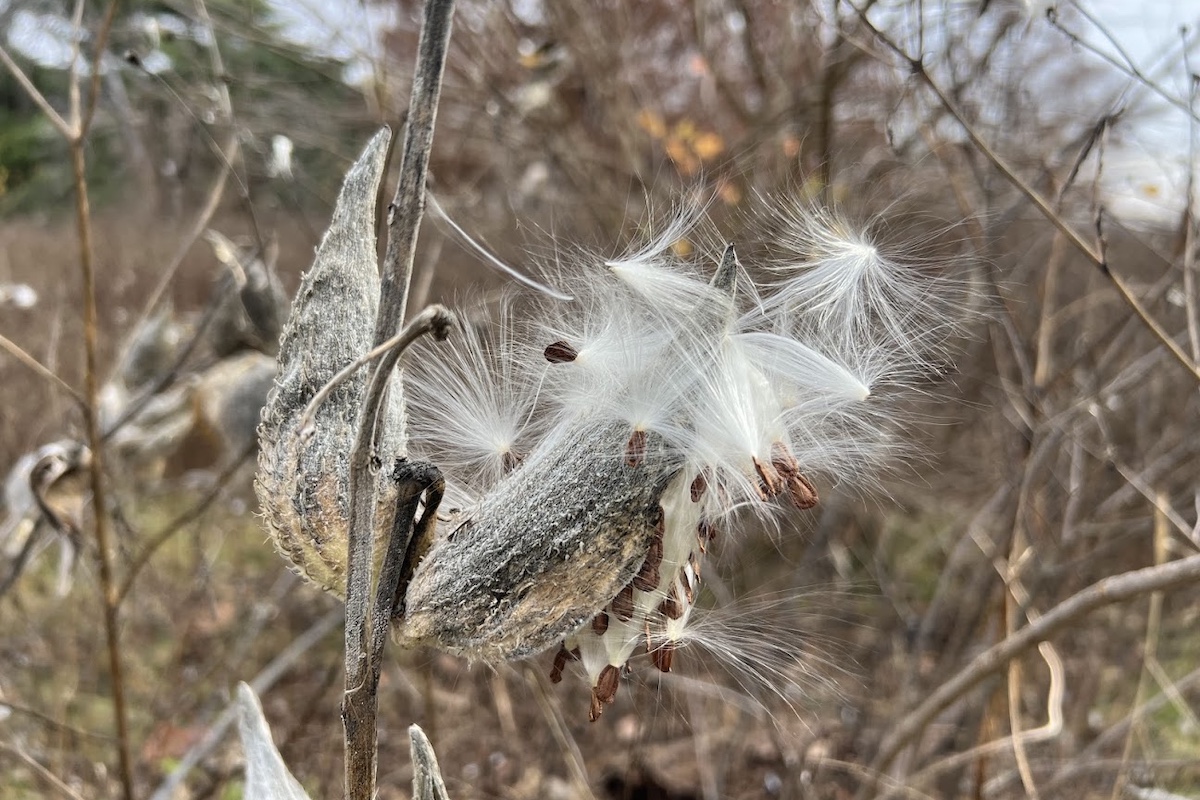
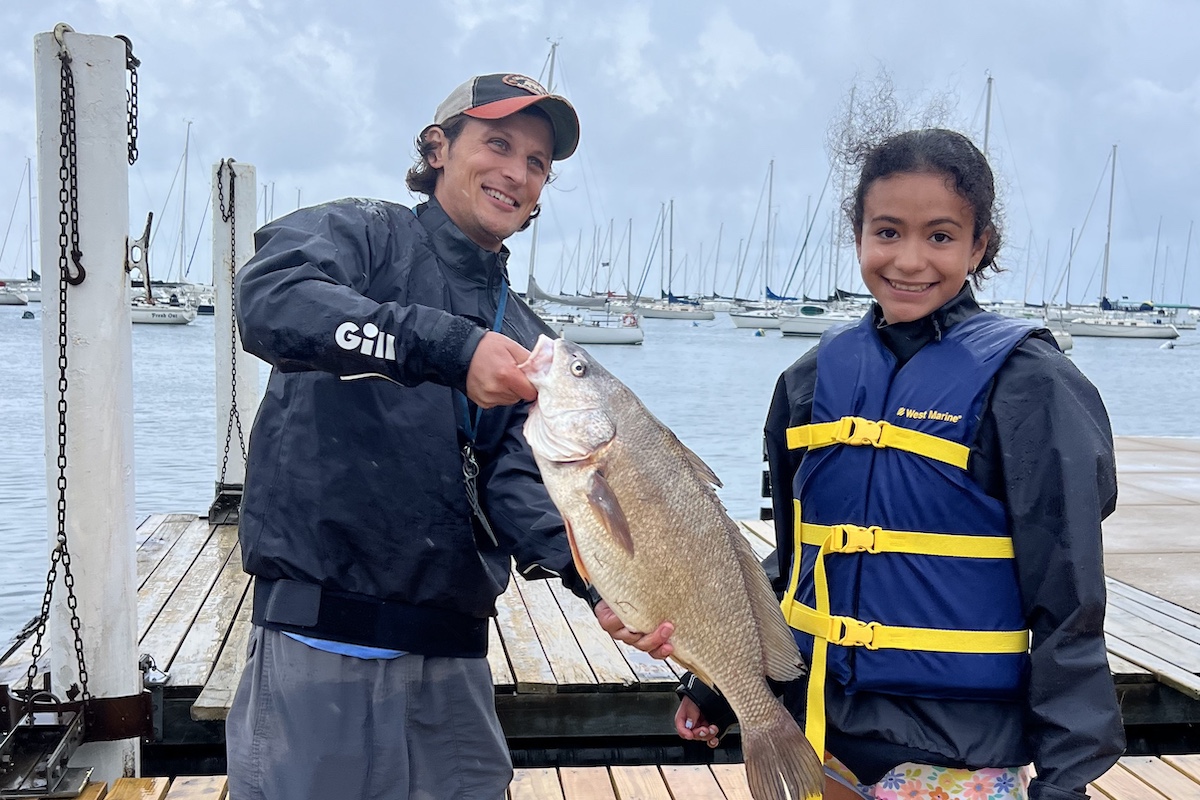
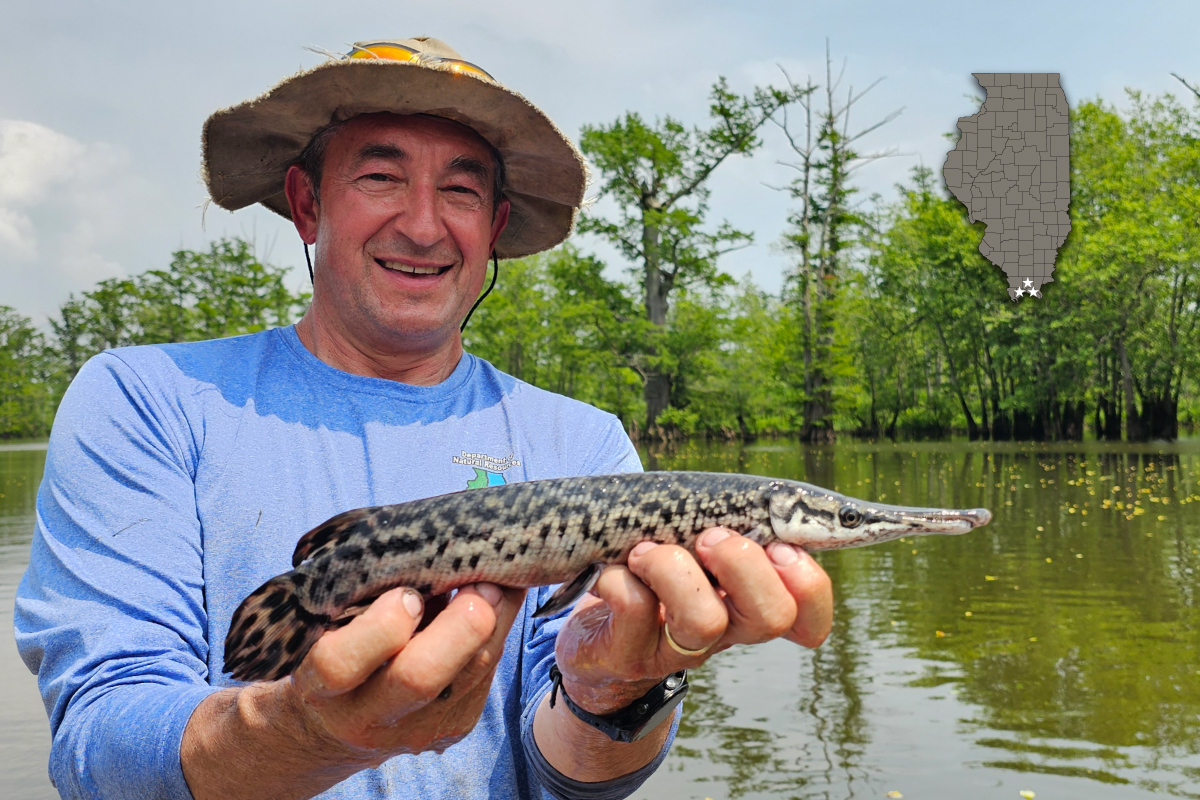
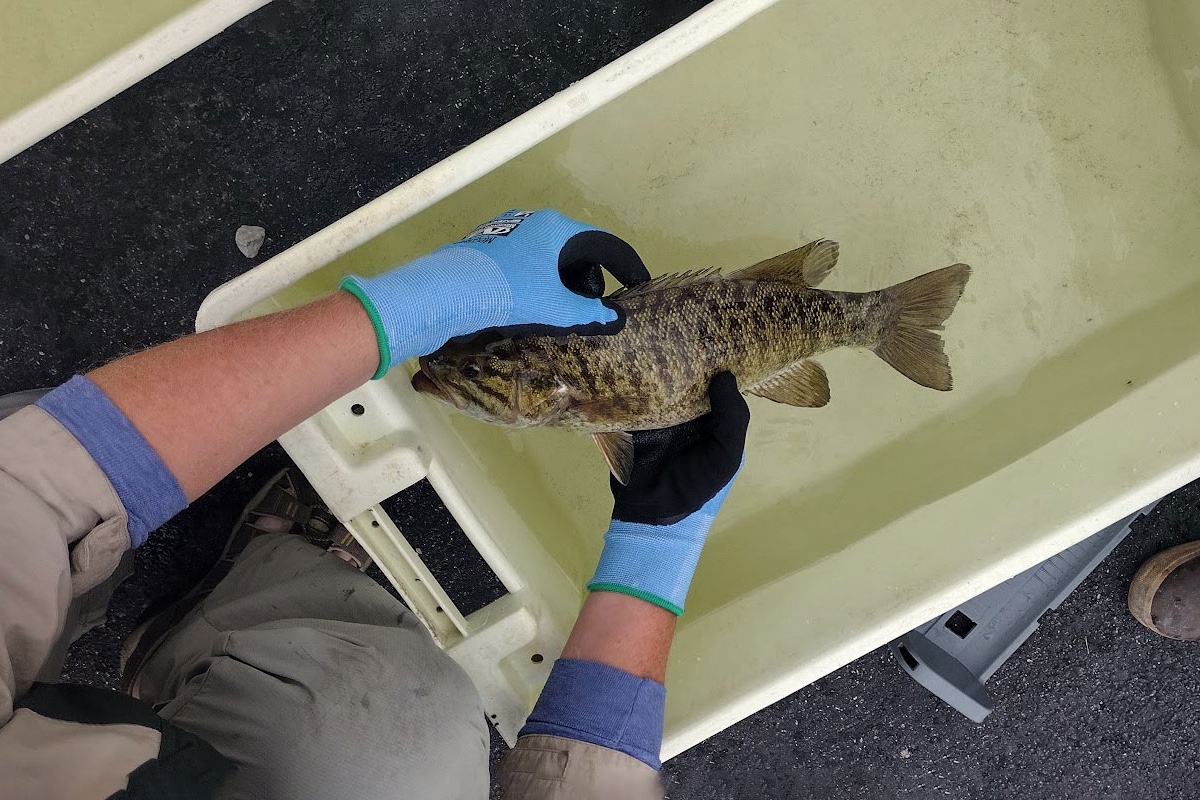
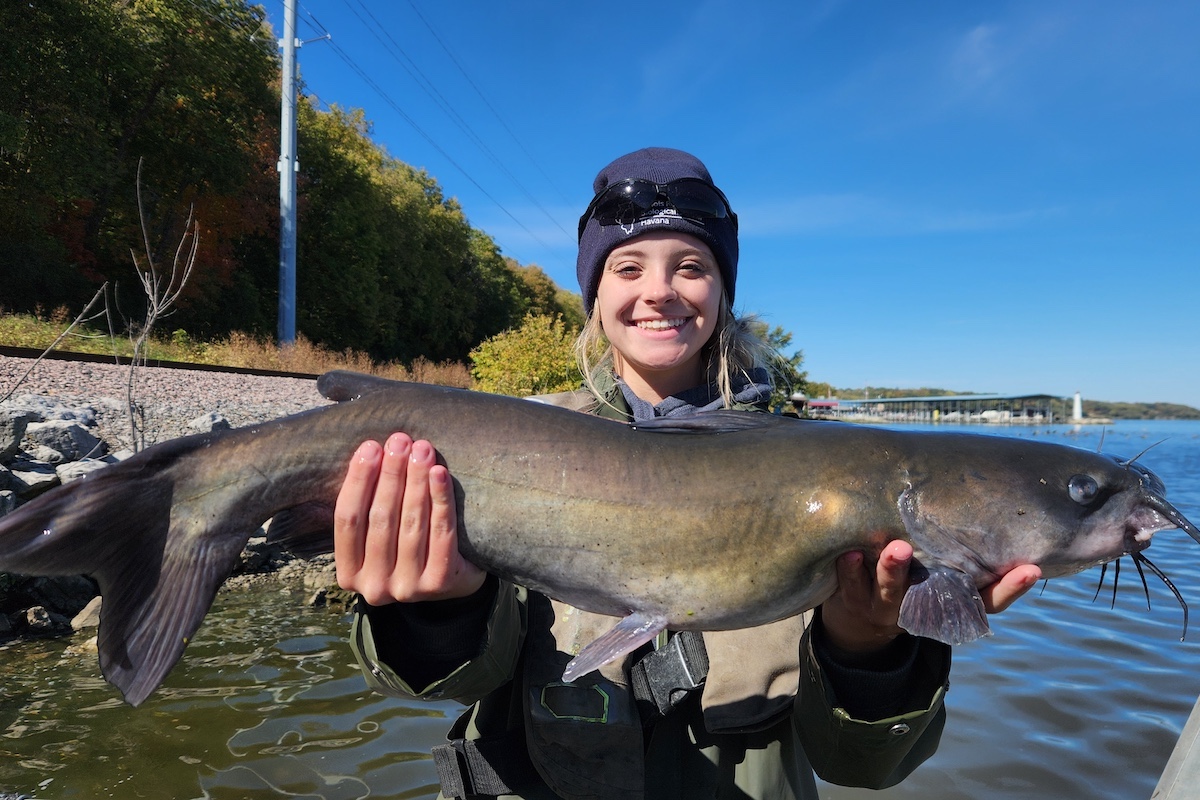
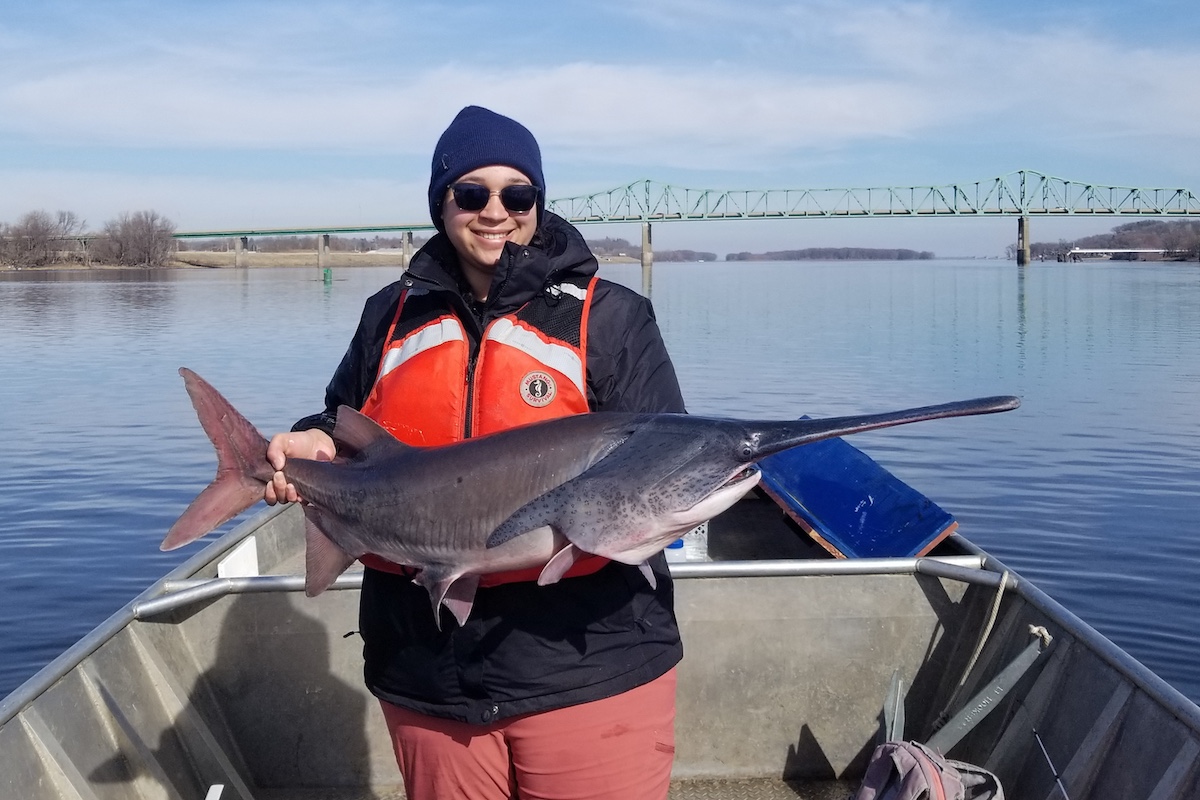
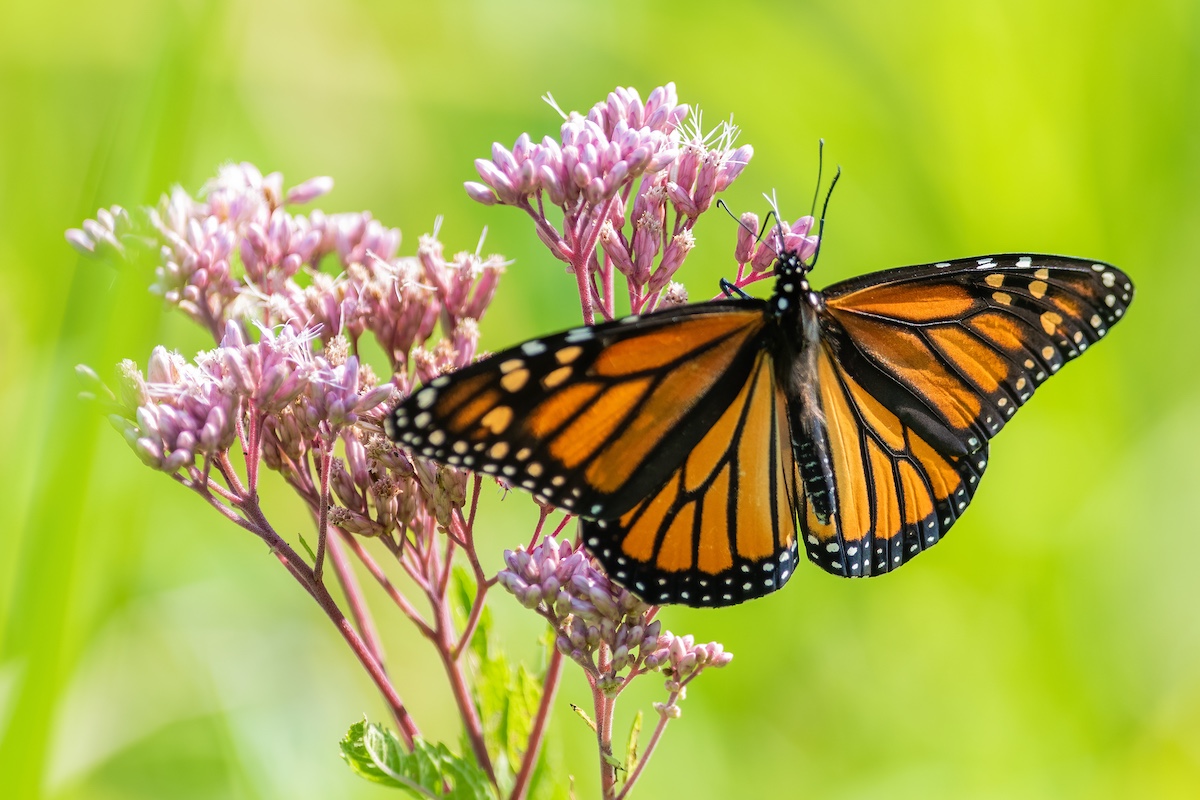
Submit a question for the author